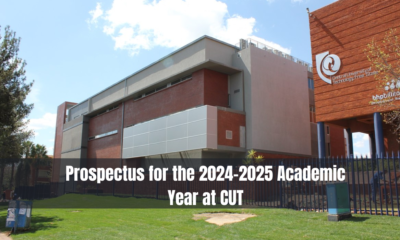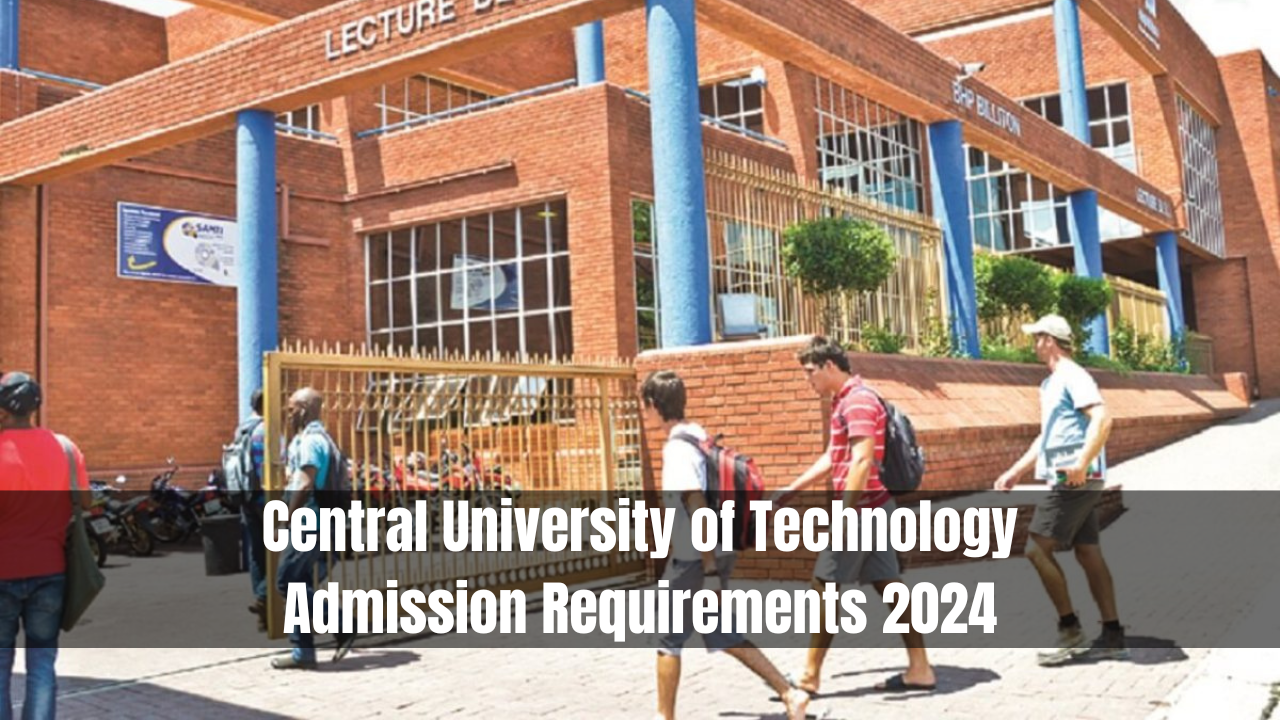Researchers At CUT Examine Mangaung Water For Emerging Contaminants. The research conducted by the CUT Centre for Sustainable Smart Cities delves into the concentration of emerging contaminants (ECs) in the water sources of Mangaung Metro, particularly focusing on the Modder River catchment system. ECs, such as steroid hormones, drugs, pesticides, and pharmaceuticals, pose potential risks to both ecological balance and public health.
Check Also: Cut Status Check Online
Investigation and Workshop
A technical workshop hosted by the CUT Center aimed to investigate and monitor ECs originating from various point sources within the Modder River catchment area. The workshop facilitated collaboration among stakeholders to address the emerging challenges posed by these contaminants.
Understanding Emerging Contaminants
The study emphasizes the significance of addressing ECs, which are synthetic or naturally occurring chemicals with uncertain environmental and health impacts. With over 80,000 organic chemicals released annually into the environment, understanding and mitigating the risks associated with ECs is crucial.
Study Area and Findings
Focused on the Modder River, a vital water source for the Mangaung metropolis, the research highlights the tributaries’ role in carrying contaminants from urban areas. The findings indicate seasonal variations in contaminant levels, with pesticides being particularly persistent, especially during the spring season.
Sources and Impact of Contaminants
Anthropogenic activities, including wastewater effluents, urban stormwater runoff, agricultural practices, and illegal dumping, are identified as primary sources of ECs in the Modder River catchment. The research underscores the diverse health effects of these contaminants, ranging from endocrine disorders to reproductive issues and cancer.
Potential Solutions
The researchers are exploring various solutions to mitigate the impact of ECs, including the use of Granulated Activated Carbon in wastewater and water treatment processes. This technology shows promise in reducing contaminant levels and safeguarding water quality for the Mangaung community.
Conclusion
Addressing the presence of emerging contaminants in water sources is imperative for ensuring environmental sustainability and public health. The collaborative efforts of researchers, stakeholders, and policymakers are essential in implementing effective strategies to monitor, mitigate, and manage these contaminants in Mangaung’s water supply.
FAQS: Researchers At CUT Examine Mangaung Water For Emerging Contaminants
Q1:What are emerging contaminants?
Ans: Emerging contaminants are synthetic or naturally occurring pollutants recently identified, posing potential risks to the environment and human health due to uncertain impacts.
Q2:Where are emerging contaminants found?
Ans: They’re commonly found in water sources due to activities like agriculture, industry, and urban runoff, threatening both ecological balance and public health.
Q3:How can we address emerging contaminants?
Ans: Effective solutions involve collaborative efforts among researchers, stakeholders, and policymakers to monitor, mitigate, and manage these pollutants in water sources.

 Blog11 months ago
Blog11 months ago
 Blog9 months ago
Blog9 months ago
 Blog9 months ago
Blog9 months ago
 Blog12 months ago
Blog12 months ago
 Blog12 months ago
Blog12 months ago
 Blog9 months ago
Blog9 months ago
 Blog9 months ago
Blog9 months ago
 Blog12 months ago
Blog12 months ago










